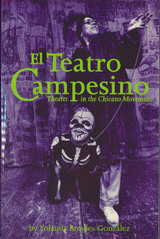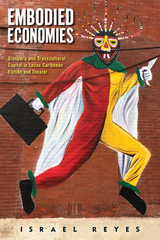Theoretical Issues in Sign Language Research, Volume 2: Psychology
University of Chicago Press, 1991
Cloth: 978-0-226-25151-6 | Paper: 978-0-226-25152-3
See other books on: Fischer, Susan D. | Sign Language | Sign Language Research | Theoretical Issues | Volume 2
See other titles from University of Chicago Press
Cloth: 978-0-226-25151-6 | Paper: 978-0-226-25152-3
ABOUT THIS BOOK | AUTHOR BIOGRAPHY | TOC
ABOUT THIS BOOK
The recent recognition of sign languages as legitimate human languages has opened up new and unique ways for both theoretical and applied psycholinguistics and language acquisition have begun to demonstrate the universality of language acquisition, comprehension, and production processes across a wide variety of modes of communication. As a result, many language practitioners, teachers, and clinicians have begun to examine the role of sign language in the education of the deaf as well as in language intervention for atypical, language-delayed populations.
This collection, edited by Patricia Siple and Susan D. Fischer, brings together theoretically important contributions from both basic research and applied settings. The studies include native sign language acquisition; acquisition and processing of sign language through a single mode under widely varying conditions; acquisition and processing of bimodal (speech and sign) input; and the use of sign language with atypical, autistic, and mentally retarded groups.
All the chapters in this collection of state-of-the-art research address one or more issues related to universality of language processes, language plasticity, and the relative contributions of biology and input to language acquisition and use.
This collection, edited by Patricia Siple and Susan D. Fischer, brings together theoretically important contributions from both basic research and applied settings. The studies include native sign language acquisition; acquisition and processing of sign language through a single mode under widely varying conditions; acquisition and processing of bimodal (speech and sign) input; and the use of sign language with atypical, autistic, and mentally retarded groups.
All the chapters in this collection of state-of-the-art research address one or more issues related to universality of language processes, language plasticity, and the relative contributions of biology and input to language acquisition and use.
See other books on: Fischer, Susan D. | Sign Language | Sign Language Research | Theoretical Issues | Volume 2
See other titles from University of Chicago Press












